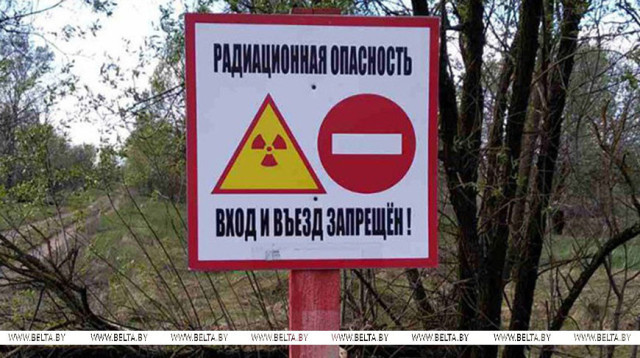MINSK, 26 April (BelTA) – A catastrophe occurred at the Chernobyl nuclear power plant 39 years ago, on 26 April 1986. Its consequences have affected many countries across Europe one way or another but Belarus has been affected the most.
The Chernobyl nuclear power plant is located in Ukraine’s territory, 18km away from the city of Chernobyl, 150km away from Kiev, and 16km away from Belarus’ border. In the 1980s it was the USSR’s most powerful nuclear power plant.
Brief history of the accident
The fourth unit of the Chernobyl nuclear power plant began commercial operation in December 1983. Design trials of a safety system of the fourth unit of the nuclear power plant were scheduled for 25 April 1986. After the trials the reactor was supposed to shut down for planned maintenance. Due to restrictions of the control room personnel the reactor’s shutdown was postponed several times, causing certain difficulties with controlling the reactor’s output. The reactor’s output spiraled out of control at 01:24 on 26 April, resulting in explosions and the destruction of a significant part of the reactor installation. Fire broke out in various rooms and on the roof.
As a result of the accident the atmosphere was contaminated with practically the entire spectrum of radionuclides, which had accumulated in the reactor by the moment of the explosion, including iodine-131 (with the half-life of 8 days), cesium-134 (with the half-life of 2 years), cesium-137 (with the half-life of 30 years), strontium-90 (with the half-life of 28-29 years). In the first few weeks after the accident radioactive iodine, which isotopes concentrate in the thyroid gland and cause its irradiation, was particularly dangerous for humans. In the long term most of the radiation came from cesium-137 in a larger part of the Chernobyl footprint. An analysis of Europe’s territory’s radioactive pollution with cesium-137 indicates that about 35% of the Chernobyl-generated radioactive cesium on the European continent is located in the territory of the Republic of Belarus, this is why consequences of the Chernobyl catastrophe for Belarus are described as a national environmental disaster.
Since the accident Belarus’ territory contaminated with cesium-137 has nearly halved: from 23% to 12.3%.
As of 1 January 2025 the forest territory polluted with radioactive substances totaled 1,203,000 hectares (13.91% of the total area). Most of the forests polluted with radionuclides are under the authority of the Forestry Ministry and the Natural Resources and Environmental Protection Ministry.
Due to cesium-137’s decay the external radiation dose of the population is gradually falling. The radiation situation is getting better. However, it remains intense in the territory of the Polesie State Radiation and Ecology Reserve. It contains over 30% of cesium-137’s fallout in Belarus, 73% of strontium-90’s fallout, and 97% of plutonium isotopes’ fallout.
The pollution of Belarus’ territory was not uniform. It was affected by peculiarities of meteorological conditions from 26 April through 10 May 1986 among other things. As a result there are several main spots in Belarus. The first one is a 30-kilometer zone around the nuclear power plant where soil contamination with cesium-137 was particularly high. Then there is the so-called northwestern footprint in the south and southwestern parts of Gomel Oblast, central parts of Brest Oblast, Grodno Oblast, and Minsk Oblast. Contamination levels in this footprint are substantially lower than those in the vicinity of the Chernobyl nuclear power plant. The third spot is located in the north of Gomel Oblast and the central part of Mogilev Oblast.
From the first days after the catastrophe at the Chernobyl nuclear power plant the Belarusian government has been taking measures to protect the people, who live near the nuclear power plant. Right after the accident the government authorized evacuating the population from the territory where the ionization exposure rate exceeded 25 mR/h (the territory approximately within 10km radius from the Chernobyl nuclear power plant).
